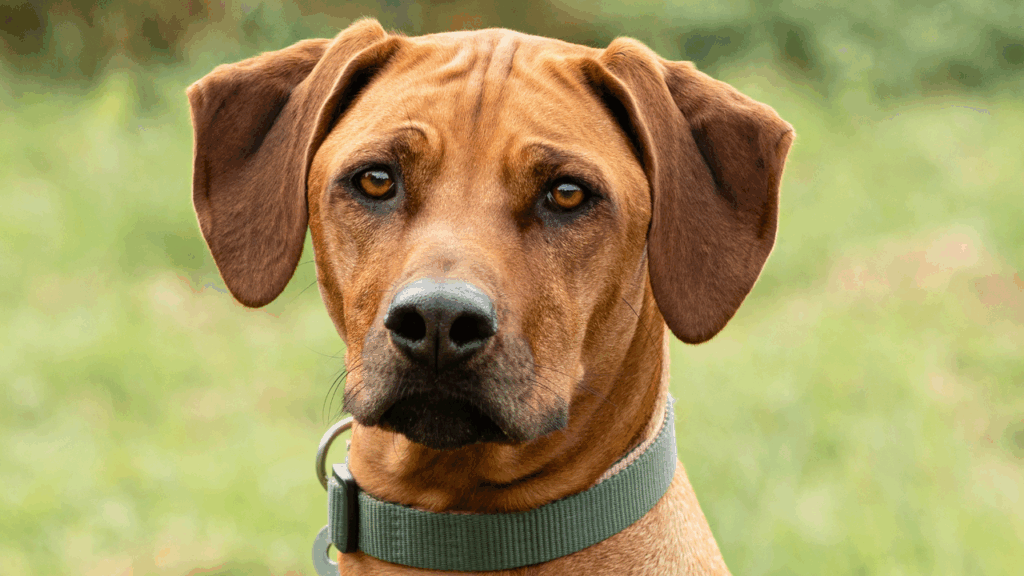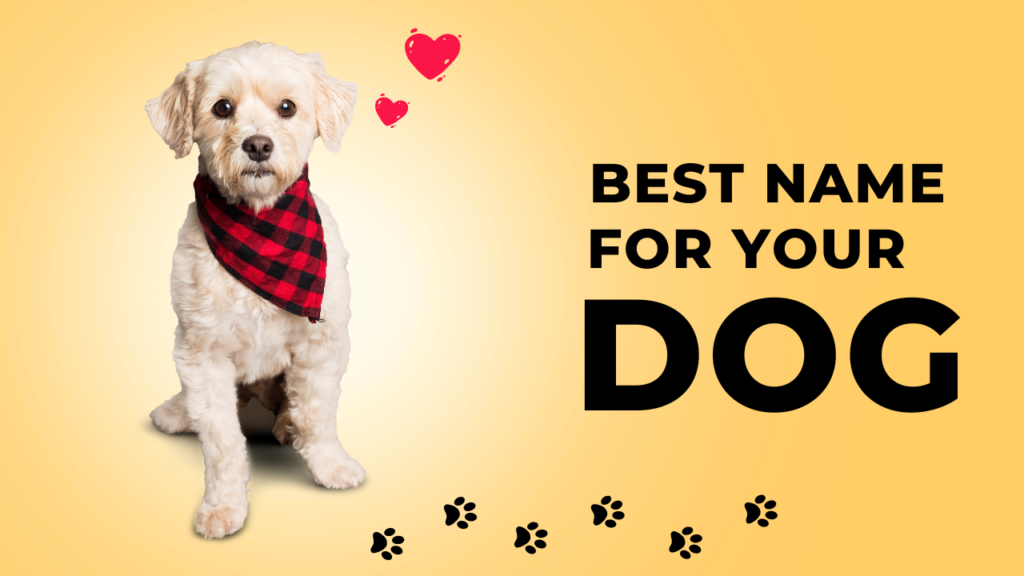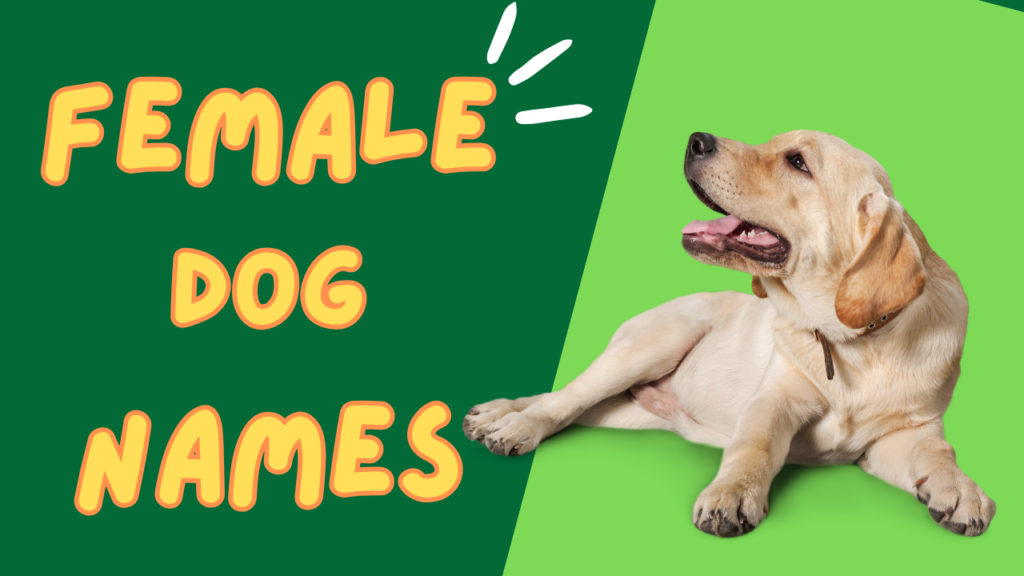The Rhodesian Ridgeback, often called the “African Lion Hound,” is a unique and powerful breed known for its endurance, courage, and loyalty. Originating from Southern Africa, this breed was developed for hunting and guarding but has become a beloved companion for active families. With its distinctive ridge of hair running along its back and an independent spirit, the Rhodesian Ridgeback is a true icon among hound breeds.
Origins and History
The Rhodesian Ridgeback traces its roots to Southern Africa, where European settlers in the 16th and 17th centuries began crossing their dogs with native Khoikhoi hunting dogs. These indigenous dogs had a ridge of hair along their backs growing in the opposite direction—an unmistakable trait that the Ridgeback inherited.
Later, in the late 19th and early 20th centuries, breeders in what is now Zimbabwe (formerly Rhodesia) refined the breed further. They crossed the ridge-backed dogs with breeds like the Greyhound, Great Dane, Mastiff, Bloodhound, and possibly the Boxer. The goal was to create a hunting dog capable of tracking and holding lions at bay until hunters could arrive—hence the nickname “African Lion Hound.”
Though not meant to kill lions, Ridgebacks were valued for their bravery, agility, and tenacity. The breed was officially recognized by the American Kennel Club (AKC) in 1955 and has grown in popularity as a hunting dog, guardian, and loyal pet.
Distinctive Physical Features
The Rhodesian Ridgeback is a large, muscular hound with a sleek, athletic build. Males typically stand 25 to 27 inches tall and weigh 85 to 90 pounds, while females are slightly smaller at 24 to 26 inches tall and 65 to 70 pounds.
Its most unique physical characteristic is the ridge of hair running along its spine, growing in the opposite direction from the rest of the coat. This ridge is formed by a strip of hair that runs in a narrow line and is flanked by two “crowns” or whorls of hair at the top.
The breed’s coat is short, dense, and glossy, usually found in shades of light wheaten to red wheaten. Some dogs may have a little white on the chest and toes or a black mask on the face. The Ridgeback’s expression is dignified and intelligent, reflecting its confident and alert nature.
Temperament and Personality
The Rhodesian Ridgeback is known for being loyal, independent, and protective. While not aggressive by default, this breed is naturally reserved with strangers and can make an excellent guard dog. They are incredibly devoted to their family and form strong bonds with their owners.
Despite their hunting heritage, Ridgebacks are generally calm and quiet indoors, often lounging peacefully for hours. However, they are also intelligent and strong-willed, which means they require firm and consistent training. Early socialization is essential to help them become well-adjusted, confident adults.
Ridgebacks are not overly affectionate with strangers, but they are loving and gentle with their family members. They do well with children, especially when raised with them, though their size and strength can be overwhelming for very small kids without supervision.
Exercise and Training
The Rhodesian Ridgeback is a high-energy breed that requires daily exercise. While they enjoy lounging at home, they thrive when given opportunities to run, hike, or play in a secure area. Without enough physical and mental stimulation, Ridgebacks can become bored and may resort to destructive behavior.
Due to their independent nature, training a Ridgeback requires patience and consistency. They are intelligent but may not always be eager to please, especially if training sessions are repetitive. Positive reinforcement, short sessions, and varied activities work best for this breed.
Ridgebacks have a strong prey drive and may chase smaller animals, so they should always be leashed or in a securely fenced yard when outside. They also excel in dog sports like agility, lure coursing, and scent work.
Grooming and Health
The Ridgeback’s short coat requires minimal grooming—weekly brushing is usually sufficient to remove loose hair and maintain a healthy shine. They are generally clean dogs with minimal odor and only need occasional baths.
Common health concerns include:
- Hip and elbow dysplasia
- Thyroid issues
- Dermoid sinus (a congenital skin defect)
- Bloat (gastric torsion)
Reputable breeders screen for these conditions, and with proper care, the Rhodesian Ridgeback enjoys a life expectancy of 10 to 12 years.
Ideal Home
The Rhodesian Ridgeback is best suited for active families or individuals who have experience with strong, independent dogs. They require room to move, so a fenced yard is ideal. While they can adapt to apartment living with enough exercise, they thrive in more spacious environments.
They are not the best choice for first-time dog owners due to their stubborn streak and strong prey drive. However, for those willing to invest time in training and socialization, the Ridgeback offers unmatched loyalty and companionship.
Conclusion
The Rhodesian Ridgeback is a bold, athletic, and dignified breed with a rich history and a loyal heart. While it requires consistent training and ample exercise, this majestic dog rewards its owners with steadfast protection, deep affection, and an unshakeable bond. Whether as a trail companion, family guardian, or laid-back friend on the couch, the Ridgeback stands out as a true treasure in the canine world.

Andy Parker is a dog lover, writer, and senior editor at BarkPicks. With years of experience covering canine health, training, and gear, he helps pet parents make smarter choices for happier, healthier dogs. Andy shares his home (and heart) with two rescue pups, Charlie and Mia.



